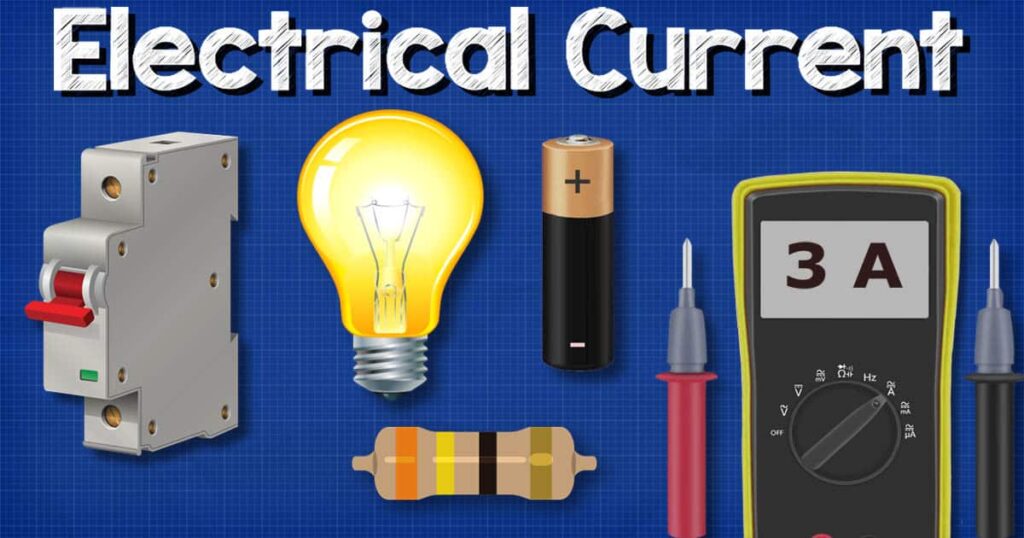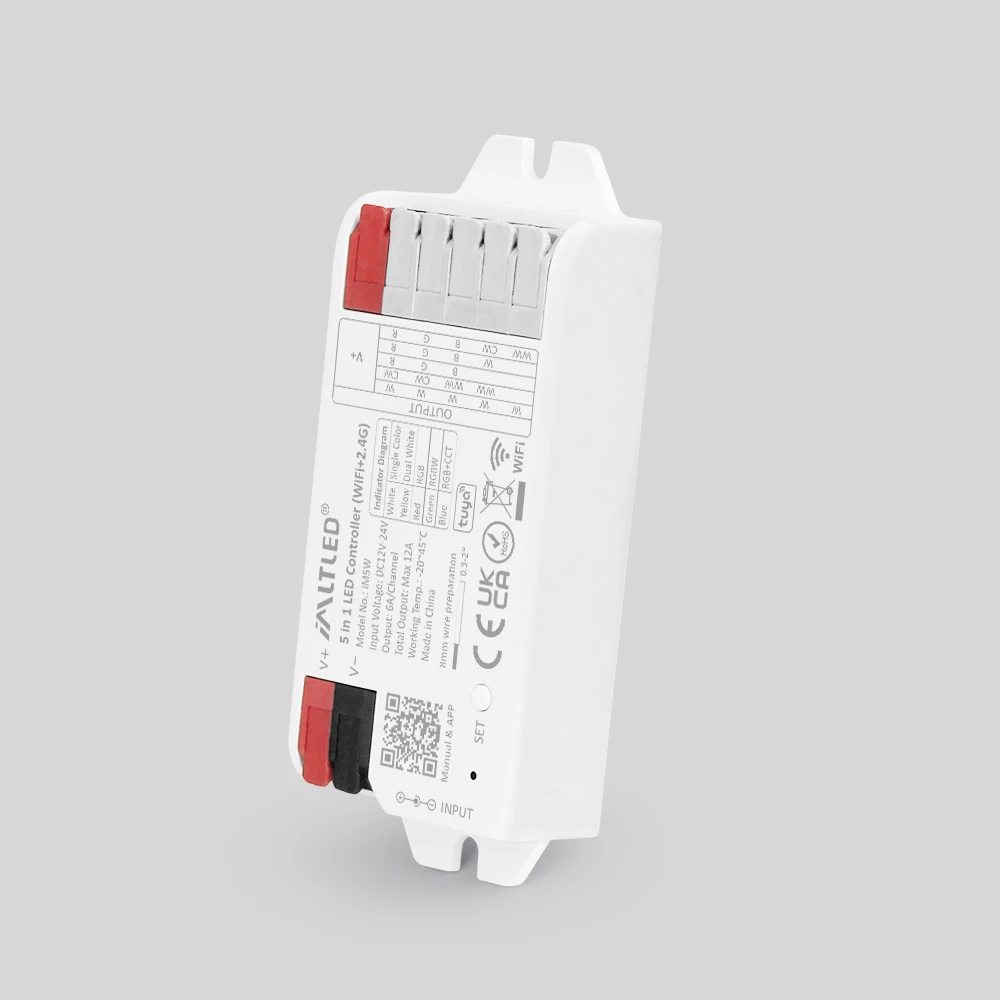In contemporary electrical engineering and electronic systems, the terms “strong current” (强电) and “weak current” (弱电) are frequently referenced, but often not fully understood. These two categories of electrical current play critical roles in a variety of applications ranging from commercial construction to home automation. In this blog post, we will delve into the definitions, key characteristics, applications, and distinctions between strong current and weak current systems. auoky.com
Definitions
Strong Current (强电) typically refers to electrical systems that operate with higher voltages and currents. This category generally encompasses the transmission and distribution of electricity in power plants, electrical substations, and large industrial machinery. Strong current systems are typically characterized by voltages exceeding 1,000 volts and currents that can reach into the hundreds of amperes. Common applications include power supply systems, heavy machinery operation, and lighting systems.
Weak Current (弱电), on the other hand, refers to low voltage systems, generally not exceeding 1,000 volts and usually operating at lower current levels. This category is highly relevant to communication and control systems, encompassing technologies such as telecommunications, data transmission networks, alarm systems, and building automation. Weak current systems feature voltages ranging from 0.5 to 240 volts and are characterized by lower power consumption, increased safety, and more sensitive electronic components.
Key Characteristics
Strong Current Characteristics:
- High Voltage and Current: Strong current systems operate with significant voltage and current levels, facilitating the transmission of large amounts of power over long distances.
- Power Supply Focus: Primarily centered around supplying power for various applications, strong current systems also support heavy electrical loads essential for manufacturing and infrastructure.
- Safety Considerations: Due to the high voltages involved, strong current systems require robust safety measures, including insulated cables, circuit breakers, and transformer protection.
- Lower Resistance Components: The components used in strong current systems typically have lower resistance to accommodate higher currents and prevent excessive heat generation.
Weak Current Characteristics:
- Low Voltage and Current: Weak current systems operate with significantly lower voltages and currents, allowing for safer operation and reduced electrical hazards.
- Data and Communication Focus: These systems are predominantly used for information transmission, including control signals and data between devices rather than for power supply.
- Increased Safety: Due to the lower energy levels, weak current systems often allow for minimal insulation requirements, enhancing safety and reducing installation complexity.
- Higher Resistance Components: Components in weak current systems usually have higher resistance, facilitating signal integrity and sensitivity.
Applications
Understanding the applications of strong current and weak current systems highlights their respective roles in modern technology.
Strong Current Applications:
- Power Generation: Facilities such as power plants and substations rely on strong current systems to deliver electricity to urban and rural areas.
- Industrial Machinery: Operating heavy machinery and equipment often requires substantial amounts of power, necessitating strong current systems for reliable performance.
- Electric Transit: Transportation systems like railroads and electric buses depend on strong current for effective operation.
- Lighting Systems: High-voltage lighting applications, including streetlights and parking lot illumination, fall under strong current systems.
Weak Current Applications:
- Telecommunications: Modern communication networks, including telephone lines, internet routers, and cellular systems, function on weak current principles ensuring efficient data transmission.
- Security Systems: Alarms, surveillance cameras, and Access Control Systems are examples of weak current applications, designed for safety and monitoring in various environments.
- Building Automation: Smart home technologies, including automated lighting, heating controls, and smartphone-operated devices predominantly utilize weak current systems for seamless integration and user convenience.
- Sensor Technologies: Many sensors, including those for environmental monitoring and industrial automation, operate on weak current principles to enable accurate data collection without significant power consumption.
Key Differences
While both strong current and weak current systems are integral to modern electrical infrastructure, it is essential to understand their differences:
- Voltage and Current Levels: As established, strong current systems handle higher voltages and currents compared to weak current systems.
- Functionality: Strong current is primarily associated with power supply and heavy loads, whereas weak current focuses on control, communication, and data processing.
- Safety Considerations: The higher energy levels in strong current systems necessitate stringent safety measures compared to the relatively lower risks associated with weak current systems.
- Installation and Maintenance: Strong current systems often require more complex installations and regular maintenance, reflecting their inherent risks and technical requirements.
Conclusion
A robust understanding of strong current and weak current systems is essential for professionals in the fields of electrical engineering, technology, and construction. Each system possesses unique characteristics, applications, and safety considerations that cater to different needs. For engineers and designers, knowledge of these differences not only informs the selection and implementation of electrical systems but also enhances the safety, efficiency, and effectiveness of commercial and residential projects.
As technology continues to evolve, so too will the applications and practices surrounding strong and weak current systems. Staying informed about these developments will be essential for those involved in electrical design, installation, and maintenance, ultimately leading to safer and more efficient electrical infrastructures. auoky.com


